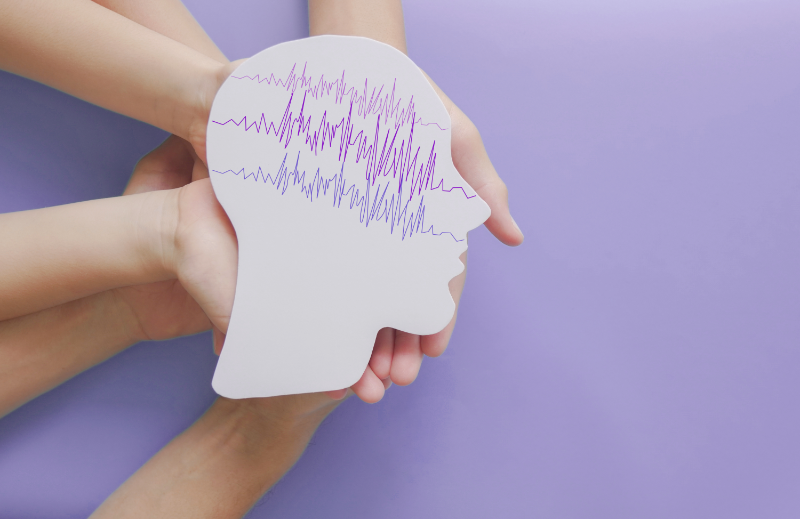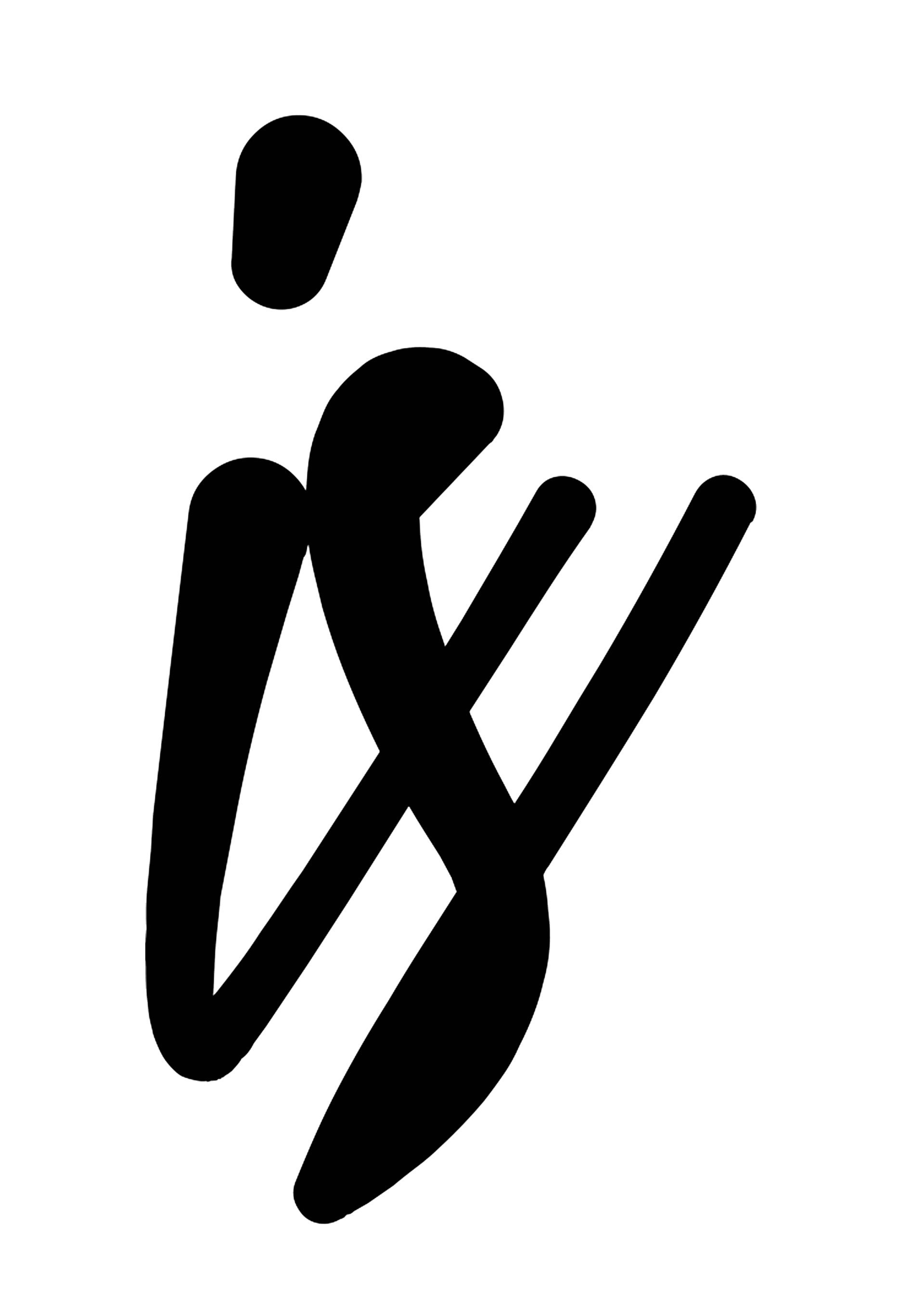First Aid - Seizures
Seizures involve sudden, temporary, bursts of electrical activity in the brain that change or disrupt the way messages are sent between brain cells.
A person can have a seizure from a physical cause. This could be an acute medical illness or trauma that begins before the seizure. It could also be related to a substance or event their body is responding to or, withdrawing from. Epilepsy is a brain condition that causes recurring seizures.
How to respond to a person having a seizure:
1. Protect the person’s head (use pillows or something cushion)
2. Clear the area to limit the casualty causing harm to themselves during their seizure
3. Time the seizure
4. Once the seizure stops and they’re breathing, place them in the recovery position
Call 999 if... :
- It’s their first seizure
- It lasts longer than 5 minutes
- Recovery takes longer than 10 minutes
- They have back-to-back seizures
- They sustain serious injuries
- You’re unsure of their medical history
As a First Aider, understanding and responding to seizures involves protecting the person from harm, staying calm, and knowing when to call for emergency medical help.
Absence Seizure
An absence seizure—previously known as a "petit mal" seizure—is a type of generalized seizure that causes brief lapses in consciousness, typically lasting between 5 to 30 seconds. Most common in children aged 4 to 14, but can also occur in adulthood.
- Absence seizures can occur multiple times a day and are often unnoticed at first
- Brief episodes (5–30 seconds) of impaired awareness
- Common symptoms: blank staring, eyelid fluttering, lip smacking
- Diagnosis: EEG showing specific brain wave patterns
- Treatment: anti-seizure medication and lifestyle adjustments
As a First Aider, understanding and responding to seizures involves protecting the person from harm, staying calm, and knowing when to call for help (999).


